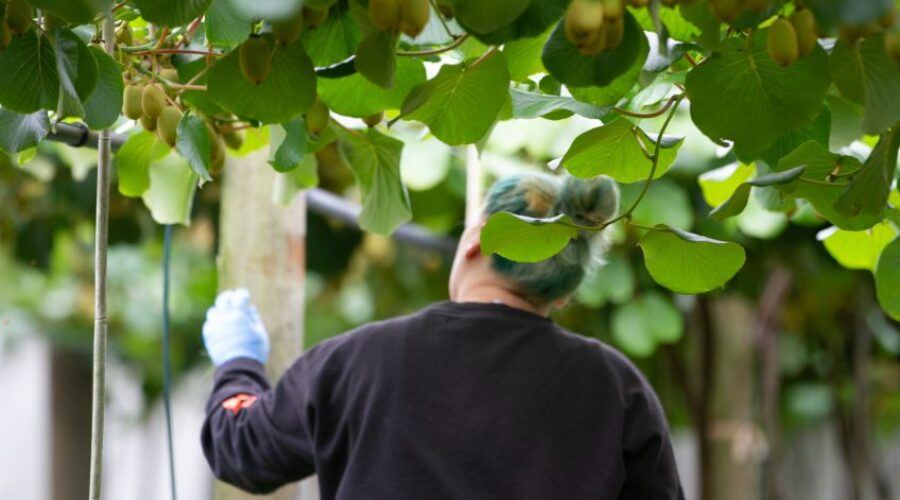Beyond the Kiwifruit: A Journey Through the Heart of the Western Bay of Plenty
Often celebrated as the “Kiwifruit Capital of the World,” the Western Bay of Plenty town of Te Puke holds a history far richer and deeper than its famous fruit. From ancient canoe landings to pioneering settlements and vital ecosystems, this region’s story is a tapestry woven from the threads of both land and sea.
The Anchor of Te Arawa: Maketū and the Landings
The story of this region begins not with British settlers, but with the arrival of the great canoes from Hawaiki. The small coastal town of Maketū, just 15 km northeast of Te Puke, is one of the most historically significant sites in the Bay of Plenty. It was here that the Te Arawa canoe first made landfall, a pivotal moment in New Zealand’s history. Today, a small cairn commemorates this incredible event.
For centuries, this area was a place of contest and community. The Ngāi Te Rangi and Te Arawa tribes vied for influence, and in the 1830s, it became a key trading post for figures like Phillip Tapsell. Later, in the 1860s, fortified positions in Maketū played a crucial role as Te Arawa and British forces fought to repel rival war parties. The town’s current demographics reflect this layered history, with vibrant Māori and Pākehā communities living side by side.
The Lifeblood of the Land: The Kaituna River
Winding its way from the inland lakes of Rotorua and Rotoiti, the Kaituna River is the lifeblood of this region. It carves a dramatic journey through a steep gorge, making it a popular destination for white-water rafters, before meandering through the fertile plains towards the sea at the Maketū estuary.
This river is especially significant to the Te Arawa people, as much of its course flows through their ancestral lands. The close relationship between the iwi and the river was underscored in 1978 when the Ngāti Pikiao people, a hapū of Te Arawa, took a successful claim to the Waitangi Tribunal regarding the river’s water quality. This historic action highlighted the deep spiritual and cultural connection between the people and the land they have cared for for generations.
From Swamp to Capital: The Rise of Te Puke
For centuries, the area between the Kaituna and Pongakawa rivers was a series of vast, impassable swamps. But in 1881, the landscape began to change with the arrival of the first British settlers, brought by visionary Irishman George Vesey Stewart. Early life was a struggle, as pioneers worked to drain the land and build a new life.
The town of Te Puke began to flourish in the early 20th century, with dairying becoming its first major industry. This success was followed by a second, even larger boom in the 1970s with the rapid growth of the kiwifruit industry. The district’s fertile soil and ideal climate proved to be the perfect match for the fruit, securing its status as the country’s most significant producer and cementing Te Puke’s new identity.
A Haven for Wildlife: The Estuaries
The land around Maketū and the Kaituna River is defined by its beautiful and vital estuaries. The Maketū and Waihī estuaries, separated by the Maketū headland, are essential wetlands that have undergone significant restoration after decades of drainage and flood works.
These magnificent mud and sand flats are crucial habitats, supporting a remarkable array of shorebirds and gulls. You can spot native species like the New Zealand dotterel and the variable oystercatcher, as well as international visitors. In the winter months, the estuaries become a crucial rest stop for migratory shorebirds that have traveled all the way from the northern hemisphere, making it a truly unique and important place for conservation.
The story of Te Puke and its surrounding areas is a powerful reminder that history is not just about a single event, but a continuous journey of people, nature, and progress. It is a place where ancient stories live on in the names of the land, and where modern life is still shaped by the rivers and estuaries that give the region its enduring character.



